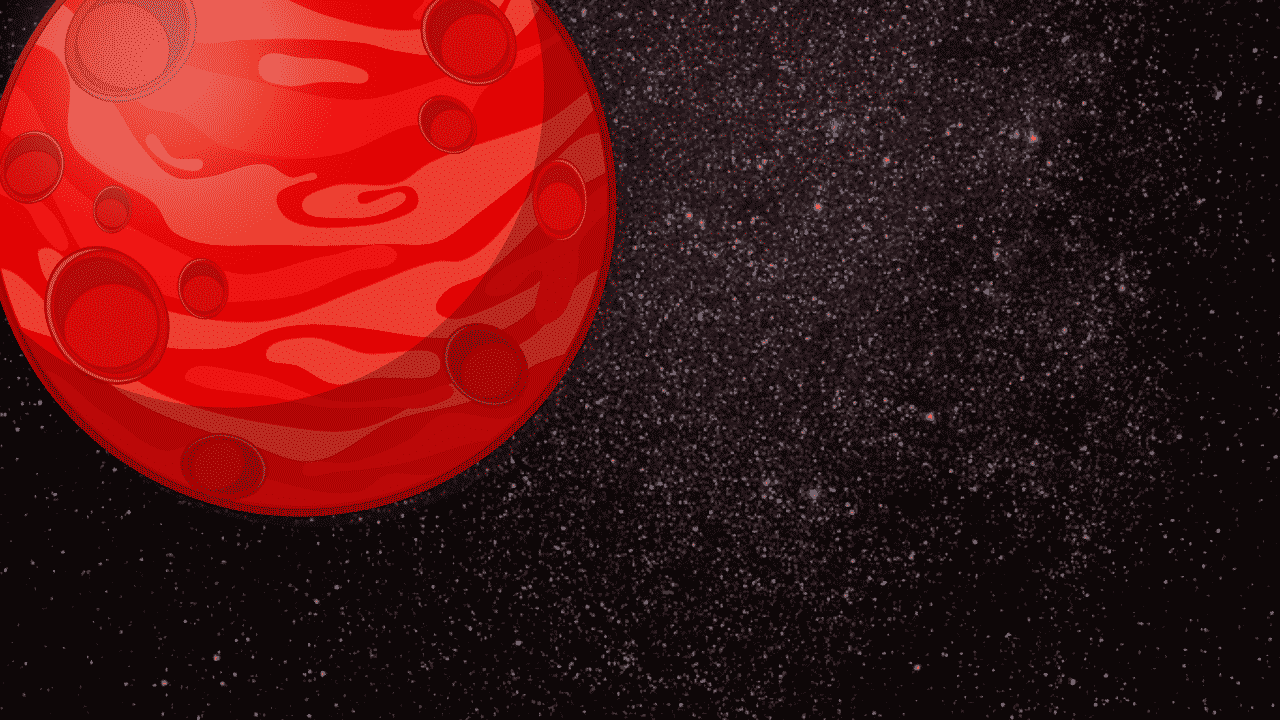Exploring Mars’ Climate History

Recent research has unveiled intriguing insights into Mars’ climate history. Scientists suggest that the Red Planet experienced alternating warm and cold periods billions of years ago. These fluctuations occurred over relatively short intervals and may have significantly impacted Mars’ ability to sustain liquid water. While evidence indicates that Mars was once a wetter world, drastic temperature shifts could have influenced the potential for life on the planet. Researchers are now investigating how Mars’ atmosphere managed to retain warmth, despite its distance from the Sun and the Sun’s lower brightness during its early history.
Study Sheds Light on Martian Climate Variability
A study published in the journal Nature Geoscience has provided new insights into the evolution of Mars’ climate. Researchers from the Harvard John A. Paulson School of Engineering and Applied Sciences (SEAS) conducted this study. They focused on the role of hydrogen in Mars’ atmosphere, which is believed to have been crucial in trapping heat. This process prevented surface water from freezing, allowing for the possibility of liquid water. The interaction between hydrogen and carbon dioxide likely created a greenhouse effect similar to what we experience on Earth. However, the presence of hydrogen was likely short-lived. This prompted scientists to model how atmospheric conditions changed over time, revealing a complex climate history that could have implications for the planet’s habitability.
Warm Periods and Their Impact on Mars’ Atmosphere
According to Danica Adams, a NASA Sagan Postdoctoral Fellow, the findings suggest that Mars experienced episodic warm periods between four and three billion years ago. These warm intervals lasted at least 100,000 years each and recurred over a span of 40 million years. During these periods, water loss from the atmosphere to the surface is thought to have replenished hydrogen. This process helped sustain the greenhouse effect for short durations, allowing for a more temperate climate. The implications of these warm periods are significant. They indicate that Mars may have had conditions suitable for liquid water, which is essential for life as we know it. Understanding these temperature fluctuations is crucial for piecing together Mars’ climatic history and assessing its potential for supporting life.
Chemical Reactions and Atmospheric Changes
The study also highlights important chemical reactions that occurred in Mars’ atmosphere. Researchers observed that carbon dioxide could break down into carbon monoxide when exposed to sunlight. During warmer periods, this carbon monoxide would revert back to carbon dioxide, helping to maintain the warming cycles. However, if cold conditions persisted, carbon monoxide and oxygen would accumulate, leading to significant changes in the atmosphere’s composition. These chemical shifts are vital for understanding how Mars’ climate evolved over time. They provide insight into the complex interactions between various atmospheric components and how they influenced temperature and pressure on the planet’s surface.
Future Analysis of Martian Samples
Looking ahead, Robin Wordsworth, a researcher at SEAS, emphasized the importance of integrating atmospheric chemistry with climate models. This approach allows scientists to make predictions that can be tested once Martian rock samples are returned to Earth. The analysis of these samples could provide deeper insights into Mars’ past climate and whether conditions were ever stable enough to support microbial life. As missions to Mars continue, the hope is that further research will illuminate the planet’s history and its potential for habitability. Understanding Mars’ climate history is not just about the past; it also informs future exploration and the search for life beyond Earth.
Observer Voice is the one stop site for National, International news, Sports, Editor’s Choice, Art/culture contents, Quotes and much more. We also cover historical contents. Historical contents includes World History, Indian History, and what happened today. The website also covers Entertainment across the India and World.
Follow Us on Twitter, Instagram, Facebook, & LinkedIn

